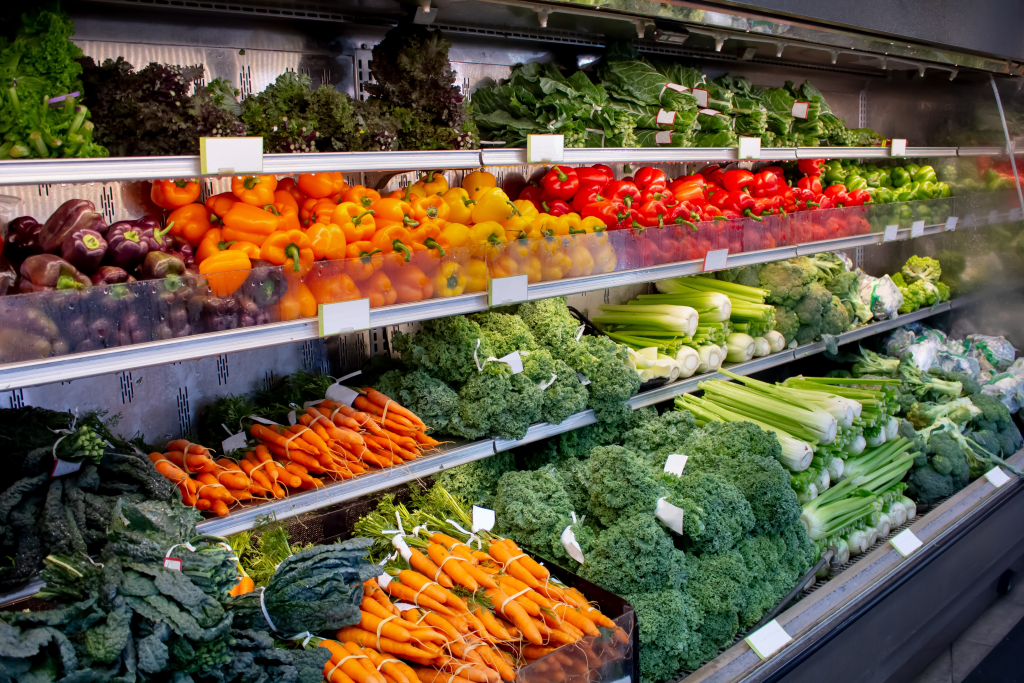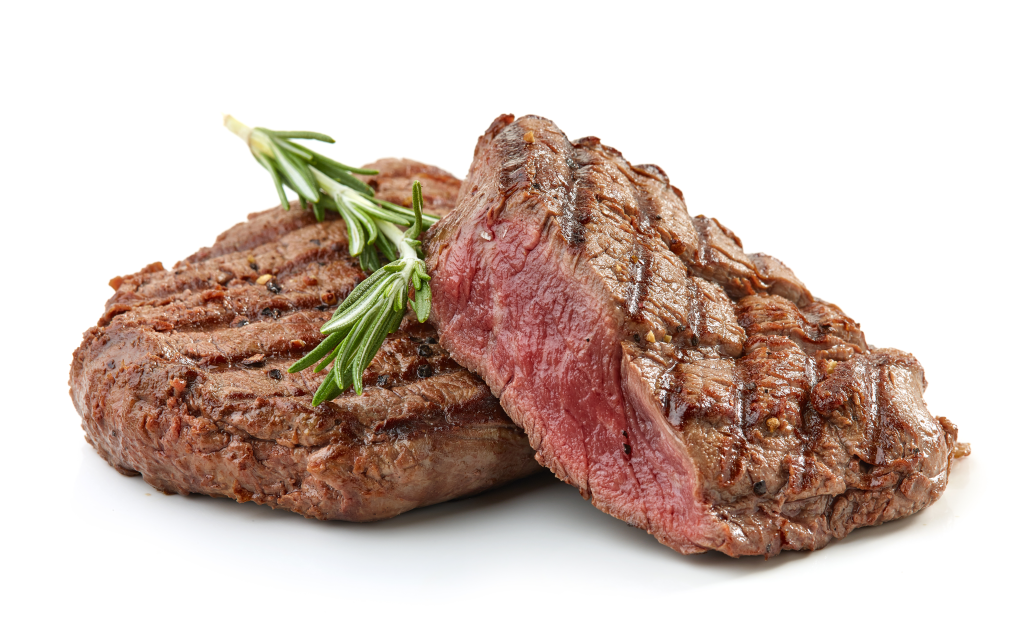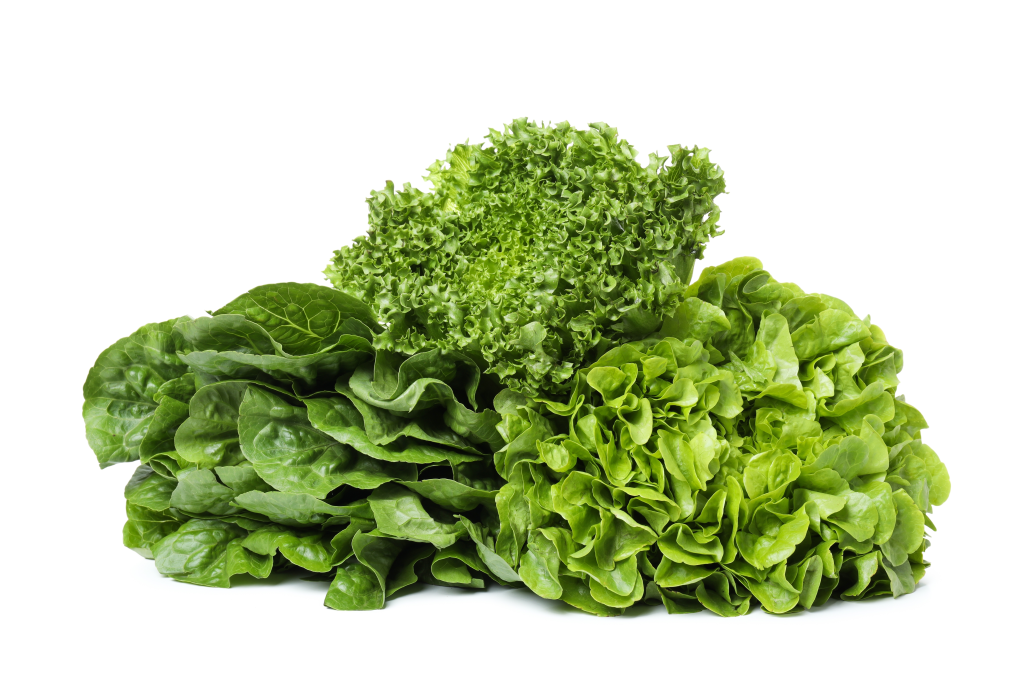At a glance
Warfarin works by affecting the way the body utilizes vitamin K, which helps prevent blood clots. While some foods should be limited, individuals taking warfarin are encouraged to maintain a relatively consistent intake of vitamin K-rich foods to ensure the medication remains effective. Following a nutrient-dense diet that limits refined carbohydrates and supports balanced blood sugar can further promote cardiovascular health while taking warfarin.
Warfarin, widely known by the brand name Coumadin®, is an anticoagulant drug that prevents harmful blood clots, which impact cardiovascular health and can lead to a heart attack or stroke.
Although warfarin is an effective blood thinner, certain foods can interfere with its effectiveness. So, what are the best foods to eat while taking warfarin?
Learn which foods support safe warfarin use, which to limit or avoid, and how to maintain a heart-healthy lifestyle while taking this medication.
What is warfarin?
Warfarin is an anticoagulant drug, a type of blood-thinning medication used to treat and inhibit the formation or growth of blood clots.
Blood clots, or thrombi, are gelled masses of red blood cells and fibrin that can block blood flow in the veins or arteries, leading to serious health complications, including heart attacks and strokes.
Warfarin works by inhibiting the synthesis of vitamin K-dependent clotting factors in the liver, which slows the blood’s ability to clot and helps prevent new clots from forming or existing clots from growing larger.
Warfarin is prescribed to individuals at increased risk of blood clots, including those with:
- Diabetes
- Atrial fibrillation or heart palpitations
- Blood clotting disorders
- Obesity
- Cancer
Those who recently underwent surgery or had a heart valve replacement are also at greater risk for blood clots and may be given warfarin as a preventative measure.
Watch the video below to learn which vegetables are safe to eat when taking warfarin.
Can you have vegetables on warfarin?
Yes, you can and should eat vegetables while taking blood thinners, as they’re essential for overall health. However, some vegetables contain vitamin K, which plays a role in blood clotting and can affect how warfarin works.
Vitamin K regulates thrombus formation, which prevents excessive bleeding and aids in wound healing in healthy individuals.
Those at a higher risk of blood clots may be prescribed warfarin to inhibit vitamin K metabolism and mitigate excessive clotting.
This explains why sudden changes in vitamin K intake can disrupt warfarin’s effectiveness. Instead of avoiding vitamin K-rich foods, it’s important to consume them consistently.
According to recommendations published in the National Institutes of Health (NIH), warfarin dosage is tailored to your typical diet, making steady intake of vitamin K, especially from vegetables, essential for proper medication management.1

Foods to eat when taking warfarin
There’s no special diet for those prescribed warfarin. Instead, healthcare providers focus on balancing the dosage with the amount of dietary vitamin K.
Rather than avoiding vitamin K-rich foods, it’s best to maintain a consistent intake. That said, some individuals may find it helpful to limit large fluctuations by moderating foods with very high vitamin K content.
Here’s an overview of foods that are safe to eat when taking warfarin.
Vegetables
Many individuals at risk of blood clots consume fewer vegetables when taking medicine, but vegetables are essential for maintaining cardiometabolic health.
Vegetables that are safe to consume with warfarin include:
- Artichoke
- Beet
- Carrot
- Cauliflower
- Celery
- Cucumber
- Eggplant
- Mushroom
- Okra
- Onion
- Pumpkin
- Red cabbage
- Red pepper
- Squash
- Tomato
- Turnip
- Zucchini

Meat
Meat, including beef, chicken, pork, and seafood, is low in vitamin K and can be included regularly in your diet.
Fatty fish such as tuna, salmon, or mackerel are particularly beneficial due to their high concentrations of omega-3 fatty acids. These health-promoting fatty acids have potent anti-inflammatory properties and are linked to reduced cardiovascular disease risk.
A study published in eClinicalMedicine found that “Omega-3 fatty acids were associated with reducing cardiovascular mortality, non-fatal myocardial infarction, coronary heart disease events, major adverse cardiovascular events, and revascularization.”2
Fruits
Fruits, especially berries, are rich sources of antioxidants, which help neutralize free radicals. Free radicals, also known as reactive oxygen species (ROS), are unstable molecules that can trigger cellular damage known as oxidative stress.
Oxidative stress occurs when the body’s ROS and antioxidants are imbalanced and has been linked to an increased risk of thrombus formation and maturation.
Lemons, limes, blueberries, blackberries, and raspberries are particularly beneficial, offering a wide range of antioxidants and anti-inflammatory compounds that support vascular health and may help reduce clot-related risks.

Foods to avoid when taking warfarin
To avoid interactions with warfarin, it’s recommended to either limit or consistently consume the same amount of vitamin K-rich vegetables.
However, eliminating these foods entirely is usually not necessary.
Vitamin K-rich foods include:
- Green leafy vegetables such as spinach, kale, lettuce, collard greens, and mustard greens
- Broccoli
- Asparagus
- Brussels sprouts
- Cabbage
- Endive
- Peas
Additionally, it’s recommended to avoid grapefruit and cranberry juice, alcohol, and caffeinated beverages, which may increase the risk of bleeding and affect how the body metabolizes warfarin.
Other foods high in vitamin K, such as egg yolks, beef liver, avocado, and kiwi, should also be consumed in moderation.
Always consult your healthcare provider before making significant changes to your diet, especially if you’re managing a medical condition or are taking medication.

Healthy lifestyle tips for those on warfarin
Maintain a consistent intake of vitamin K-rich foods, as sudden increases or decreases can make it challenging for your doctor to manage your warfarin dosage effectively.
Additionally, it’s recommended to avoid refined carbohydrates and eat plenty of salad and vegetables low in vitamin K (ideally between 7 and 10 cups daily) to promote balanced blood sugar and insulin levels.
“High blood sugar and insulin levels make blood platelets stickier and more likely to clot,” explains Dr. Berg. “Consuming a low-carb diet can reduce the risk of excessive blood coagulation and its health complications.”
Immobility is a significant risk factor for blood clot development. Exercise is recommended to improve blood circulation and enhance cardiovascular function in those prescribed blood thinners.
A study published in Pharmacotherapy found that regular physical activity is associated with lower hemorrhage risk in those taking blood thinners.3
However, due to the increased risk of bleeding, beginning slowly and engaging in low-impact activities, such as walking, swimming, or cycling, is vital to avoid injury.
Furthermore, avoid prolonged fasting, as research published in the Journal of Thrombosis and Haemostasis found that fasting significantly increases the international normalized ratio, or blood clotting ability, of those taking warfarin.4
Consult your healthcare provider before making any lifestyle changes that could affect your warfarin dose.
Key takeaways
- Warfarin helps prevent blood clots by reducing the liver’s ability to produce vitamin K-dependent clotting factors.
- The best foods to eat while taking warfarin include meats, low-vitamin K vegetables, and antioxidant-rich fruits such as berries.
- While green, leafy vegetables are high in vitamin K and should be limited when taking warfarin, it’s essential to maintain a consistent intake of these whole foods rather than avoiding them entirely.
- Avoid grapefruit and cranberry juice, as well as alcohol and excessive caffeine, as these may increase the risk of bleeding or alter warfarin metabolism.
- Following a low-carb, nutrient-dense diet rich in low-vitamin K vegetables, meat, and omega-3-rich fish, combined with regular low-impact exercise and intermittent fasting, can help support cardiovascular health.
FAQ
1. Can you eat eggs when taking warfarin?
Yes, you can consume eggs when taking warfarin. Eggs are rich in protein, choline, vitamin D, and selenium, which may promote cardiovascular health.
However, because egg yolks contain moderate amounts of vitamin K, it’s best to consume them in moderation to avoid affecting your medication balance.
2. What fruit must be avoided when taking warfarin?
Avoid fruits high in vitamin K, such as avocado, grapes, prunes, and kiwi. Those prescribed warfarin should also avoid cranberry and grapefruit juice, as they can interfere with warfarin’s metabolism and increase the risk of bleeding.
3. Is coffee bad for you if you’re on warfarin?
Yes, individuals taking warfarin are advised to avoid or limit the intake of caffeinated beverages, including coffee and tea. Caffeine decreases the elimination of warfarin and stimulates anticoagulant activity, further increasing the risk of bleeding.
4. Can people on warfarin eat green vegetables?
Yes, green vegetables low in vitamin K, such as okra, celery, and cucumber, are acceptable when taking warfarin. However, it’s advisable to avoid green leafy vegetables such as lettuce, spinach, and kale, as they contain significantly higher levels of vitamin K.
5. What vegetables can you eat on warfarin
On warfarin, you can eat various vegetables, including tomatoes, cucumbers, zucchini, onions, and mushrooms. Carrots, red peppers, celery, cauliflower, and squash are also excellent options.
Consuming between 7 and 10 cups of low-vitamin K vegetables daily is recommended to support optimal nutrition and cardiometabolic health.
Sources
- https://ods.od.nih.gov/factsheets/VitaminK-HealthProfessional/ ?
- https://pmc.ncbi.nlm.nih.gov/articles/PMC8413259/ ?
- https://pmc.ncbi.nlm.nih.gov/articles/PMC4109410/ ?
- https://pubmed.ncbi.nlm.nih.gov/24354801/ ?


















